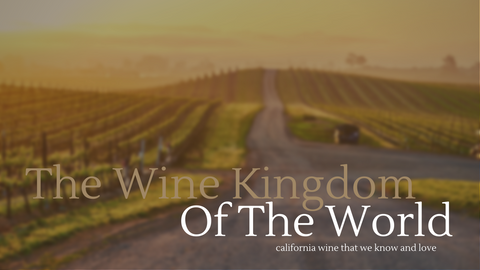Whisky Without The "E" : Scotch Whisky
Jan 26, 2023Cambridge Wines
And NO...in this case, there's no "e" in "Whisky".
From its rich history and production process, to the subtle nuances that distinguish different types and brands, scotch whisky is a drink that has captivated connoisseurs for centuries. We are going to take an in-depth look at the making of scotch whisky, the different regions and styles, and provide some tips for selecting and enjoying the perfect dram. So, whether you're a seasoned whisky enthusiast or just curious about this beloved spirit, keep reading to discover the depth and complexity of scotch whisky.
1. It's only "Scotch Whisky" if it's made in Scotland.
Seeing a pattern here?? Just like Tequila is the intellectual property of the Mexican Government and Bourbon the same in the United States, you can only call it "Scotch" if it's mashed, fermented, distilled and matured in Scotland, soup to nuts.
2. For the mash bill, you can ONLY use water and malted barley, to which only the "whole grains of other cereals" can be added
This is confusing, but here us out...
- If it's a Single Malt Scotch Whisky, it's got to be made of 100% malted barley, water and yeast. Also, it can only be distilled using a pot still and must be distilled at a single distillery.
- If it's Single Grain Scotch Whisky, it has to be made of only water and whole cereal grains (such as wheat).
-If it's Blended Scotch Whisky, it must be made of one or more batches of Single Malt and one or more batches of Single Grain Scotch Whiskies.
3. It must be aged for a MINIMUM of THREE years in oak barrels.
Unlike Bourbon, Scotch MUST be aged for a minimum of three years in oak. However, it does NOT need to be new, charred oak. In fact, most Scotch Whiskies mature in used oak, giving it a lighter hue at bottling than similarly aged American Whiskeys while keeping more of the grain character and esters at the forefront. In fact, it's permissible to use plain caramel coloring to augment the final color, and many Scotch houses do this.
4. Like Bourbon, Scotch MUST be bottled at a minimum 40% ABV (80 Proof).
Again, this is a standard in the US for all products that fall into the "Spirit" category, and it's the same deal in Scotland. Any lower, and it's not Whisky.
5. Finished Scotch MUST retain the color, aroma and taste derived from the raw materials used.
This makes a lot of sense, because anything that isn't supposed to be tasted, smelled or seen shouldn't be! Scotch distillers take this VERY seriously and are meticulous in developing their whiskies to showcase the beautiful raw materials they used to produce it.
There are, of course, more rules to go over, but these will give you enough to have an understanding of the category. For a full list of the 2009 Scotch Whisky Regulations, click this link and nerd out!
P.S. We've brought in some SERIOUS Scotch Whiskies for the season, and they are available in-store and online. We love to recommend our faves, so stop in if you want to try something new, or click here to shop our Scotch selections online!
Cheers 🥃



